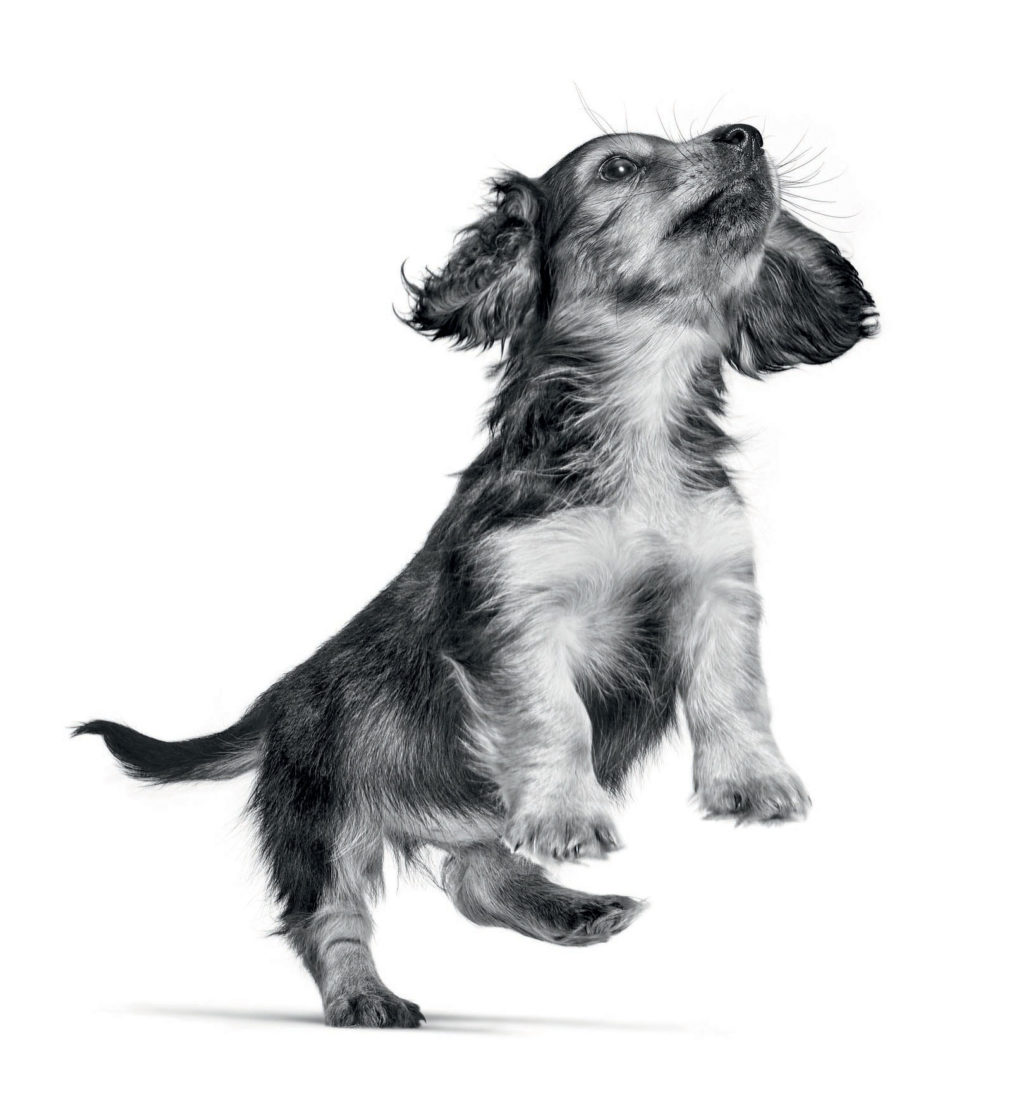When you bring your new puppy home, we know you’ll want them to settle in and feel at home as soon as possible. To help you get your puppy off to the best start in their new home, we’d like to share some tips on feeding that will help your puppy know exactly what to expect when it comes to meal times.
Food Area
If you haven’t done so already, a good place to start is by picking the ideal spot for your puppy’s food and water bowls. This should be a place that’s not in the direct path of active areas and heavy footfall – your puppy needs to feel safe and unthreatened while they’re eating.
It should also be a clean and tidy space (at least before they start eating!) free of any dirt or debris to ensure a healthy and hygienic eating area. A food mat is always a good idea if it turns out your puppy is a messy eater. Remember that water should always be available; fresh and clean.
Puppies require consistency and routine to help them understand meal times and the behaviour that’s required of them. That’s why, once you’ve chosen your puppy’s food spot, it’s best to keep it in the same place all the time if possible.
The same goes for feeding times; if fed at approximately the same time every day, your puppy will know when they should expect food and when they shouldn’t.
The Right Food
Choosing the right food for your new best friend is important, consideration needs to be given to their age, weight and breed, amongst other factors. Try our Food Finder Tool to view a variety of puppy products – all specially formulated with nutrients that will enhance and support your pup’s health from their early months, all the way into their adult years.
One of the important things to remember about puppies is that their digestive systems are still developing, meaning they can be prone to upset stomachs. Before you start them on the food you choose for them, ask the breeder what they’ve been feeding your puppy.
If the food they’ve been eating hasn’t been complete and balanced, change their diet straight away as growth issues in puppies can start to show within a couple of weeks when they’re not getting the right nutrients. However, if their diet has been complete and balanced, it’s advisable to keep them on that for a week or so before gradually transitioning them onto their new food.
Space
While your puppy is still new to your home environment, it’s best to give them plenty of space when they’re eating. Getting too close may cause your puppy to feel threatened or anxious.
Training Tip: Teaching your puppy to sit before feeding them is an advisable training tactic as this breeds good manners and patience.
Extra Feeding
Although your new puppy is part of the family, feeding them from your plate or allowing them leftover titbits is discouraged. Though it may feel like ‘just a treat’, there are some foods your dog should always avoid.
What’s more, if you regularly feed your dog human food, the calorie content is often incompatible with your dog’s size (particularly for smaller dogs), which can lead to excess weight gain and potentially obesity. For example, one pork scratching for a Yorkshire terrier could equate to us eating four bags of pork scratchings!
If you choose to go down the mixed-feeding route and give your dog both wet and dry food, be sure to adjust their daily food allowance accordingly. Following a mixed-feeding guide is helpful to ensure accurate measurements, and bear in mind that giving your puppy training treats will also alter their daily food intake allowance.
Excess weight gain for your dog can significantly affect their general health and wellbeing in a number of ways. Feeding them in accordance with the daily allowance advice on the pack, as well as ensuring they get the exercise they need, will help your puppy maintain a healthy weight.
If you’d like further advice on managing your dog’s diet and weight, check out this helpful article.